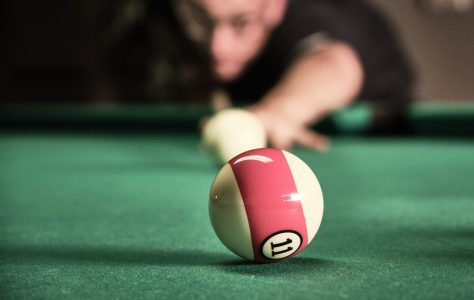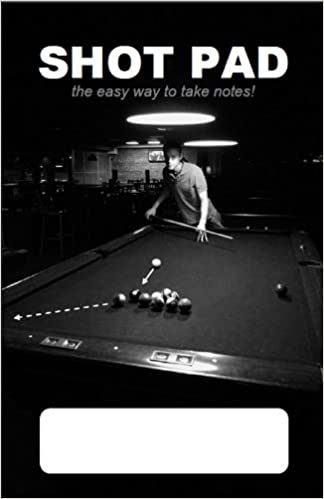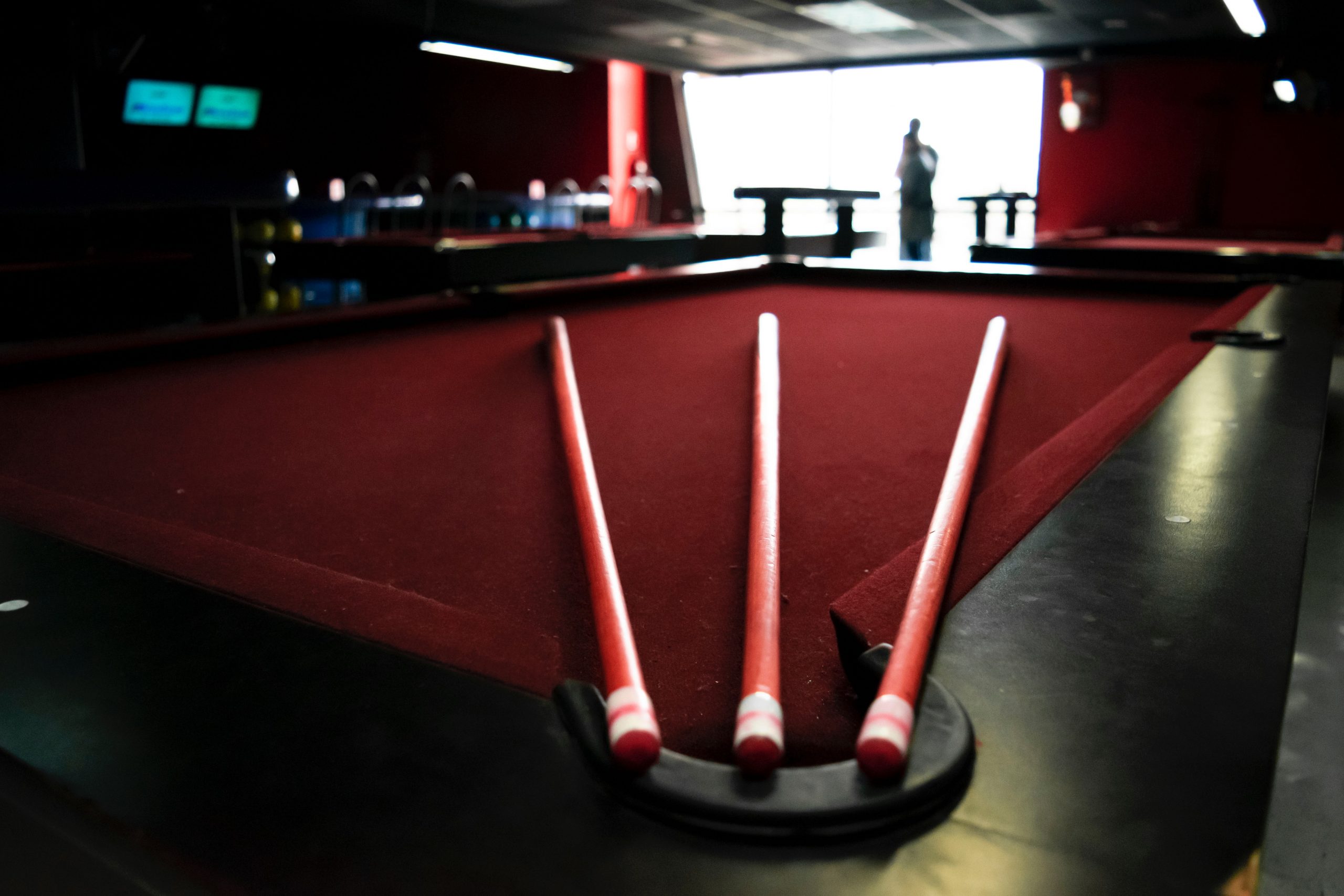Welcome to TableSkills.com!
Explore The Wonderful World Of
Pool & Billiards Instructional Lessons

Judge the 90 degree angle from where the cueball hits the object ball and not the center of the object ball. It is only about an inch difference, but not doing so will prevent you from accurately predicting the cueball path after contact.
Learning To Play
Cueball Basics
Understand the fundamentals and differences between hitting the cueball with center, draw and follow.
Cueball Advanced
Advanced concepts related to hitting the cueball with left spin and right spin.
Here's a list of 10 essential shot types that a player should master to excel in pool:
- Draw Shot (Backspin): Striking the cue ball below center to make it spin backwards after contact with the object ball.
- Follow Shot (Topspin): Striking above the center of the cue ball to make it move forward after contacting the object ball.
- Side Spin (English):
- Left English: Striking the left side of the cue ball to make it spin to the left after contact.
- Right English: Striking the right side to impart rightward spin.
- Bank Shot: Aiming the object ball to rebound off a cushion to pocket it.
- Kick Shot: Hitting the cue ball into a rail (or multiple rails) before it contacts the object ball.
- Jump Shot: Elevating the cue to cause the cue ball to jump over obstructing balls.
- Masse Shot: Putting extreme spin on the cue ball by striking it at a steep angle, making it curve in its path.
- Break Shot: The initial shot to break the racked balls apart, crucial in games like 8-ball and 9-ball.
- Safety Shot: A defensive shot where the main goal isn’t to pocket a ball but to leave the cue ball in a position that makes it difficult for the opponent to make a successful shot.
- Combination Shot: Striking the cue ball to hit one object ball into another, with the intent of pocketing the second ball.
Mastering these shots, in combination with the stop shot, will provide a player with a comprehensive skill set to tackle a wide range of scenarios on the pool table.






